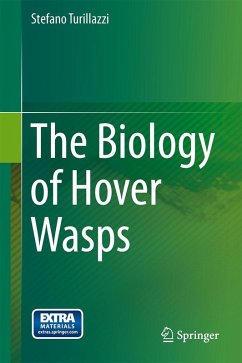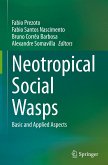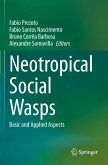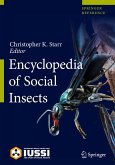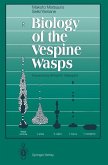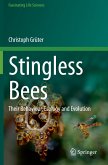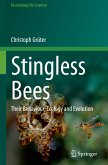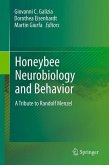This book represents the culmination of the author's lifetime work on a single fascinating group of insects, the hover wasps, Stenogastrinae. The author explores the biology of these little-known wasps at the threshold of sociality, presenting an ambitious survey of ideas about their evolution and an assessment of the current standing of controversial concepts.
Following taxonomic and morphological descriptions, the behaviour, colonial dynamics, social communication and especially the remarkably diverse nests of wasps are discussed. Compared to the better-known species of paper wasps, hornets and yellow jackets, the hover wasps show various peculiarities, such as characteristics of immature brood rearing, nest defence and mating systems. The nest architecture probably presents the most variable solutions in social wasps and is characterized by an astonishing level of camouflage, making these insects an interesting example of special adaptation to forest environments.
Following taxonomic and morphological descriptions, the behaviour, colonial dynamics, social communication and especially the remarkably diverse nests of wasps are discussed. Compared to the better-known species of paper wasps, hornets and yellow jackets, the hover wasps show various peculiarities, such as characteristics of immature brood rearing, nest defence and mating systems. The nest architecture probably presents the most variable solutions in social wasps and is characterized by an astonishing level of camouflage, making these insects an interesting example of special adaptation to forest environments.
From the reviews:
"This is an excellent source of information on all known aspects of hover wasps. ... the book is so specialized that it will mainly interest scholars studying wasps and/or insect sociality issues. Summing Up: Recommended. Graduate students, researchers/faculty, and professionals." (J. M. Gonzalez, Choice, Vol. 51 (2), October, 2013)
"This is an excellent source of information on all known aspects of hover wasps. ... the book is so specialized that it will mainly interest scholars studying wasps and/or insect sociality issues. Summing Up: Recommended. Graduate students, researchers/faculty, and professionals." (J. M. Gonzalez, Choice, Vol. 51 (2), October, 2013)

